
Viral marketing done right: How a Hong Kong movie hijacked Threads (and hearts)
share on
Let’s face it—Hong Kong cinema isn’t what it used to be. Budgets are shrinking, screens are disappearing, and attention spans last about as long as a TikTok.
But in that creative drought, something brilliant bloomed: a haunting little movie called “Peg O’ My Heart” (贖夢), and one wildly effective, budget-friendly campaign.
Behind it all? Actor-director Nick Cheung (張家輝)—who didn’t just promote his film. He turned himself into a fictional character, made social media his stage, and created one of the most talked-about local campaigns of the year.
Thanks to our insights partner, uMaxData, for the brilliant analytics that powered this case study. We now have the data to prove how—and why—it worked.
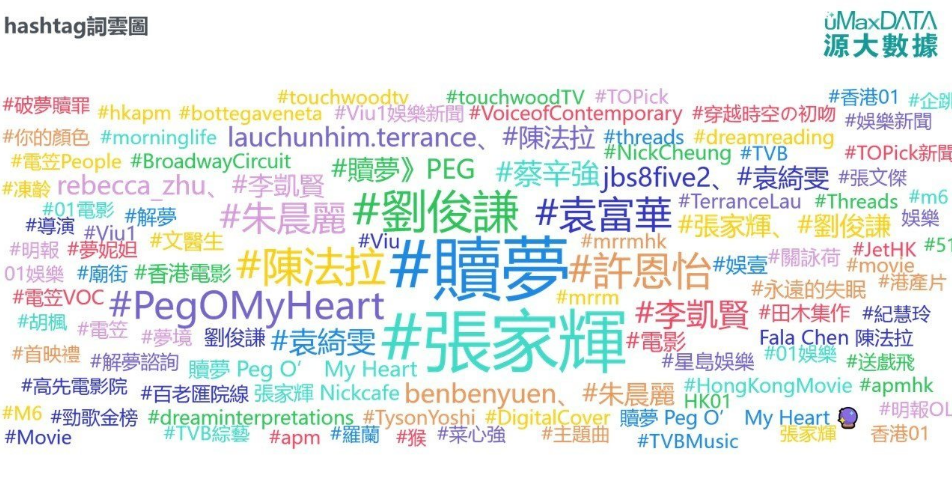
About the research: How uMaxData measured the buzz
Before we dive into how Cheung pulled off viral magic, let’s talk about how the insights were uncovered.
uMaxData monitored public online conversations about “Peg O’ My Heart” from 4 March to 1 April 2025, across nine key platforms:
- Threads
- YouTube
- Online news outlets
- Forums
- Blogs
- Telegram
- Websites
uMaxData also tracked:
- Mentions of keywords like “贖夢”, “蔡辛強”, and “張家輝”
- Engagement spikes and timing
- Sentiment breakdown (positive/neutral/negative)
- Post formats and performance
- Hashtag trends and celebrity buzz
- Influencer amplification
This wasn’t just hashtag-counting. It was a 360° view of who said what, when, where, and how the audience felt about it.
In short, it is crucial to explore what went viral and why it resonated so deeply. By uncovering these reasons, we can learn from success and strive for even more outstanding achievements in the future.

1. Threads takeover: When the character becomes the campaign
Nick Cheung is famously social media-shy.
But to promote his new film, he went all-in—as his character, Choi San Keung (蔡辛強), a sleep-deprived taxi driver haunted by dreams. He launched the Threads account @choi_san_keung, and that’s when things took off.
On 7 March, a photo of him napping on the MTR went viral. His in-character response?
“Already can’t sleep, now I even get photographed napping on the train!”
(已經瞓唔到覺,仲要搭車瞓覺都畀人偷拍!)
That response generated over 1,800 mentions the following day, marking the campaign's first viral spike.
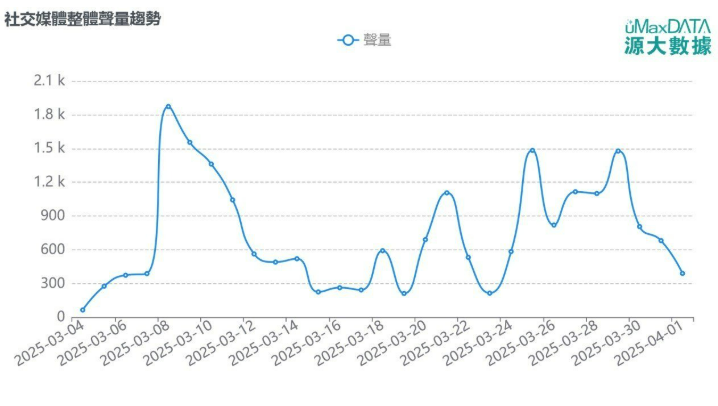
8 March saw the campaign’s first viral spike as Threads exploded with engagement following the MTR photo moment.
Threads led the conversation of “Choi”, proving that going where your audience lives—especially younger, entertainment-driven users—makes all the difference.
From there:
- 85 total Threads posts
- 32% were audio clips (the most engaging format)
- Threads alone drove 53.7% of the entire film’s social buzzMarch 8 saw the campaign’s first viral spike as Threads exploded with engagement following the MTR photo moment.
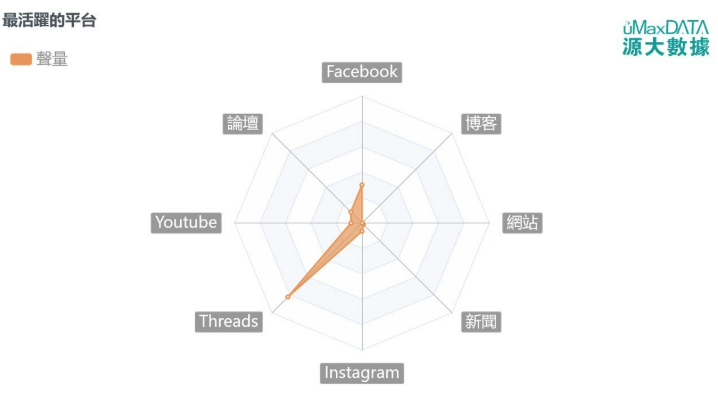
Threads was the main stage—outperforming Facebook, forums, and even Instagram by a wide margin. “Choi” also interacted with celebrities such as Tyson Yoshi (@tysonyoshi) and the movie’s lead character, Fala Chen (@falachenfala), and even answered skeptics in real time with voice messages and selfies to confirm it was really him running the Threads profile.
Takeaway for marketers: Money isn’t the only currency. Humour, creativity, and authenticity win every time.
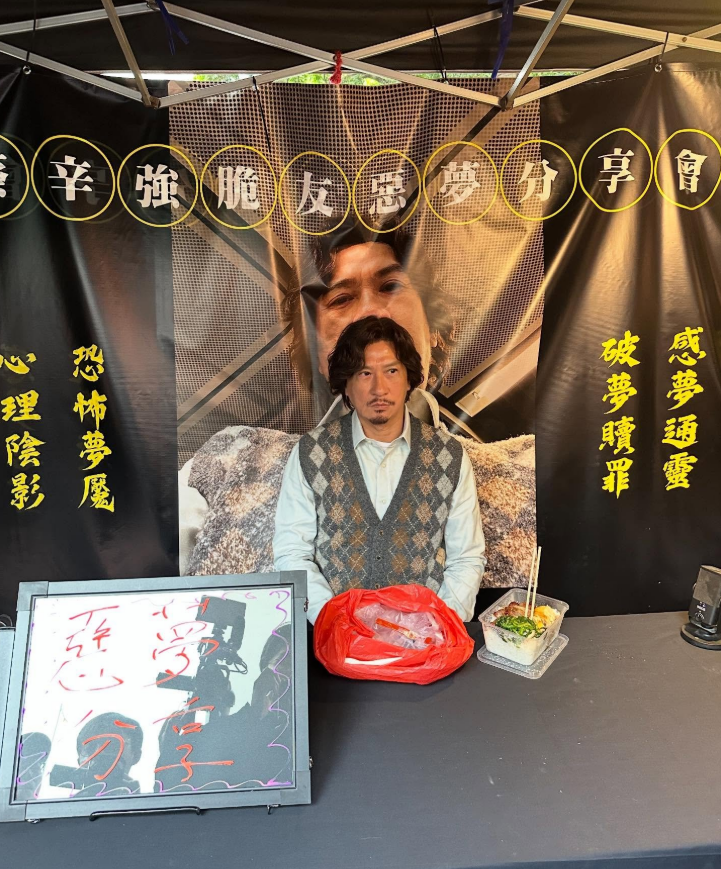
On 21 March, Cheung’s appearance as “Choi” on Temple Street triggered over 1,500 mentions—turning a film promo into a real-world cultural moment.
2. Temple Street “dream booth”: When fiction walks into reality
Then came 21 March. Choi San Keung stepped out of Threads and into real life—literally.
Nick Cheung dressed as “Choi” at Temple Street Night Market, setting up a DIY “dream consultation booth.” Cardboard signage. Fake beard. Full character mode.
Interestingly enough, this PR stunt attracted the popular YouTuber “World Serious Organization” (世界認真組織) to show up.
The data behind the scenes:
- 9 related posts on Threads that day
- Nearly 80,000 likes
- Over 1,500 mentions in 48 hours
Takeaway for marketers: Experiences beat ads. Give your audience something unexpected, physical, and shareable.
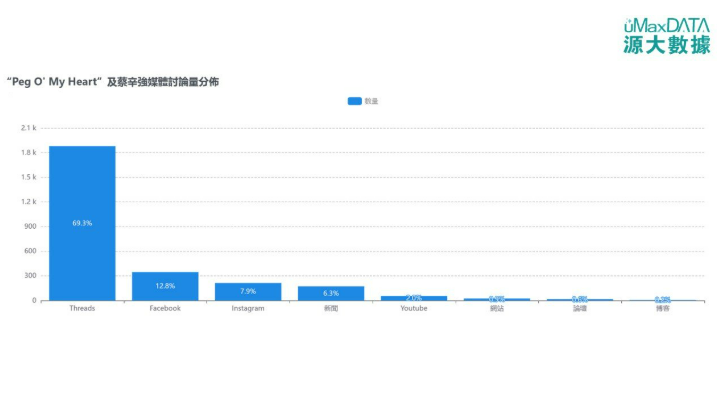
Threads dominated the conversation with 69.3% of total mentions—proving the power of platform-native storytelling and character-driven engagement. Other platforms such as Facebook and Instagram followed at a distant second and third.
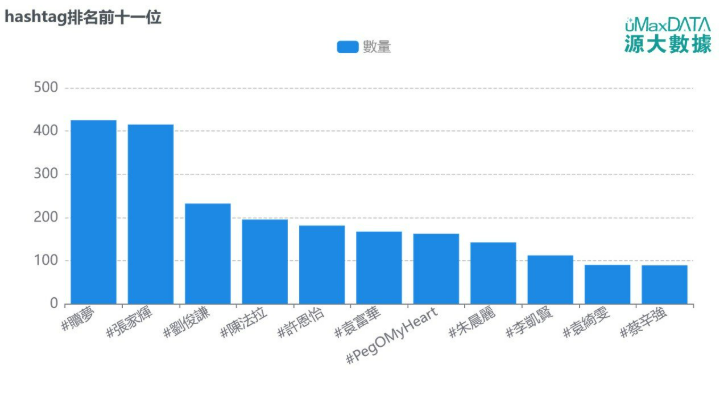
Supporting cast members such as Fala Chen, Louis Cheung, and Rachel Leung added volume and reach to the conversation.
3. The premiere effect: Turning buzz into box office
The film premiered on 24 March, but the social conversation had already been simmering. When it opened, the buzz hit another high. 25 to 27 March saw over 1,000 daily mentions.
Premiere hashtags peaked:
- #贖夢 (54 mentions)
- #張家輝 (48 mentions)
- #劉俊謙, #陳法拉, #許恩怡 – showing that the supporting cast also played a role in the conversation
Box office passed HK$3.3 million by 31 March.
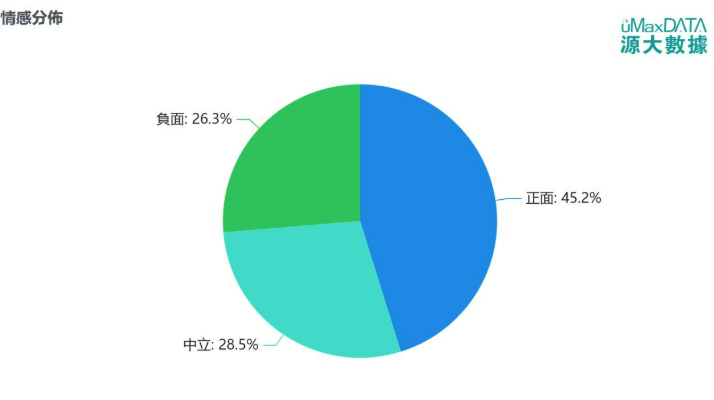
Overall sentiment leaned positive, with many praising the campaign’s bold, low-budget creativity.
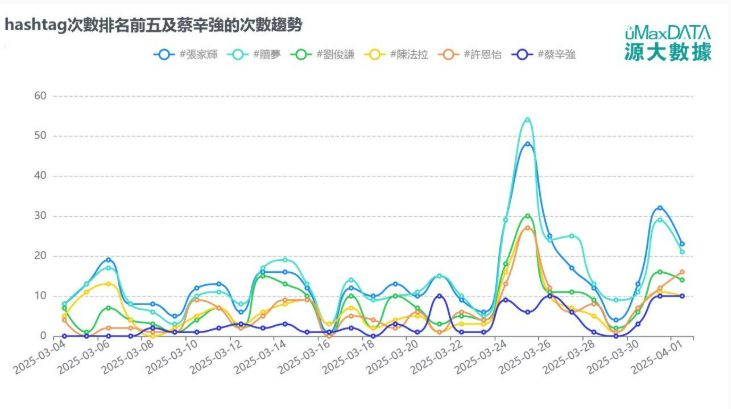
Hashtag activity peaked around the film’s premiere on 24 March, with #贖夢 and #張家輝 leading the conversation. Cast-related hashtags such as #劉俊謙 and #陳法拉 also surged, showing strong audience interest in both the film and its stars.
uMaxData also tracked sentiment:
- 45.2% positive – praised Cheung’s acting, the originality, and the marketing
- 28.5% neutral – general news, reposts, and commentary
- 26.3% negative – mostly critiques about the film being too scary or slow-paced
In short, the movie’s reputation became part of its momentum. Fans weren't just reacting to the film—they were amplifying it.
Takeaway for marketers: A well-seeded idea keeps growing—even after opening night. Don’t stop when the curtain rises.
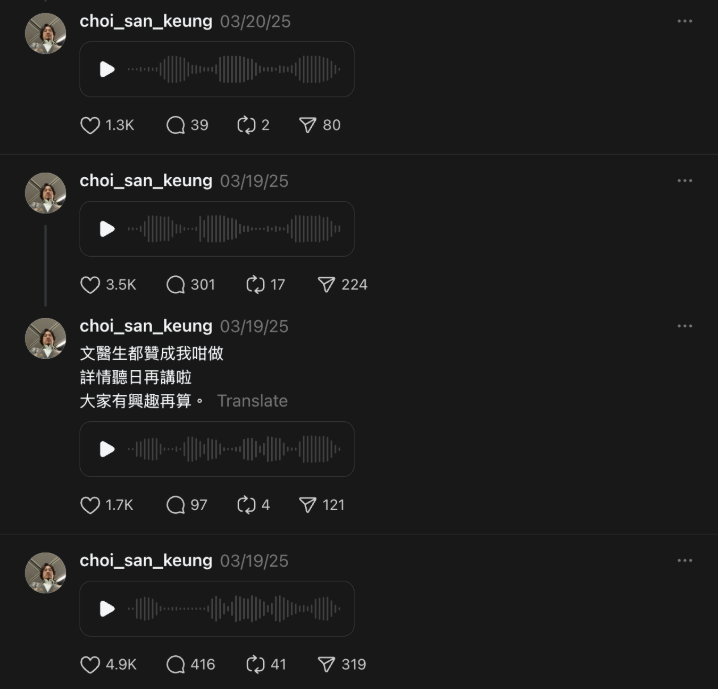
Choi’s voice posts weren’t just quirky—they drove the most reactions, proving once again that personality trumps polish.
4. Voice messages reigned supreme
Among all formats—text, sketches, selfies—it was voice notes that drove the most engagement.
Threads users loved voice posts the most, proving that authenticity, not polish, gets people to lean in.
“Choi’s” ramblings became bedtime content. Fans didn’t just scroll—they listened.
Takeaway for marketers: Let your brand speak—literally. Voice builds intimacy in a noisy, visual world.

5. Final takeaway: What marketers can learn from Choi San Keung (and social listening)
The “Peg O’ My Heart” movie launch wasn’t powered by a hefty media budget or a real-time social media command centre. Its success came from something rarer: a bold, character-led idea that unfolded organically—on Threads, in the streets, and in the public’s imagination.
But thanks to post-campaign analysis from uMaxData, we now have something the original team didn’t: a social media lens on what truly resonated—and why.
Social listening helped us uncover the winning formula behind the buzz:
- What worked: Voice notes > text > visuals
- When to double down: March 8 (MTR moment), March 21 (Temple Street), March 25 (premiere buzz)
- Where it happened: Threads dominated, followed by Facebook and forums
- How people felt: Curious, entertained, emotionally invested
Even if you’re not listening in real time, listening afterward is still gold. Social listening reveals not just what happened, but why it worked—and how to build on it.
It’s not just a reporting tool. It’s a compass. It shows you when to accelerate, when to pivot, and when your audience is cheering you on—or quietly tuning out.
Takeaway for marketers: If you’re not listening to your audience, you’re not marketing—you’re guessing.


In conclusion:
You don’t need a million-dollar budget to go viral. What you do need is:
- A great story
- A memorable character
- The courage to get a little weird
- And the humility to listen
If all else fails, you could drop by Temple Street and share your marketing nightmare with Choi San Keung (蔡辛強). He’s been through worse—and he might have some advice.
This article was written by Rudi Leung, director and founder of Hungry Digital.
share on
Free newsletter
Get the daily lowdown on Asia's top marketing stories.
We break down the big and messy topics of the day so you're updated on the most important developments in Asia's marketing development – for free.
subscribe now open in new window
